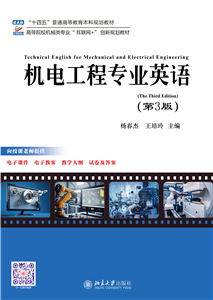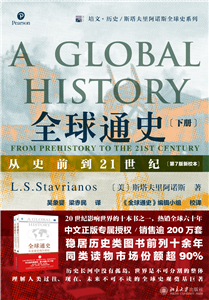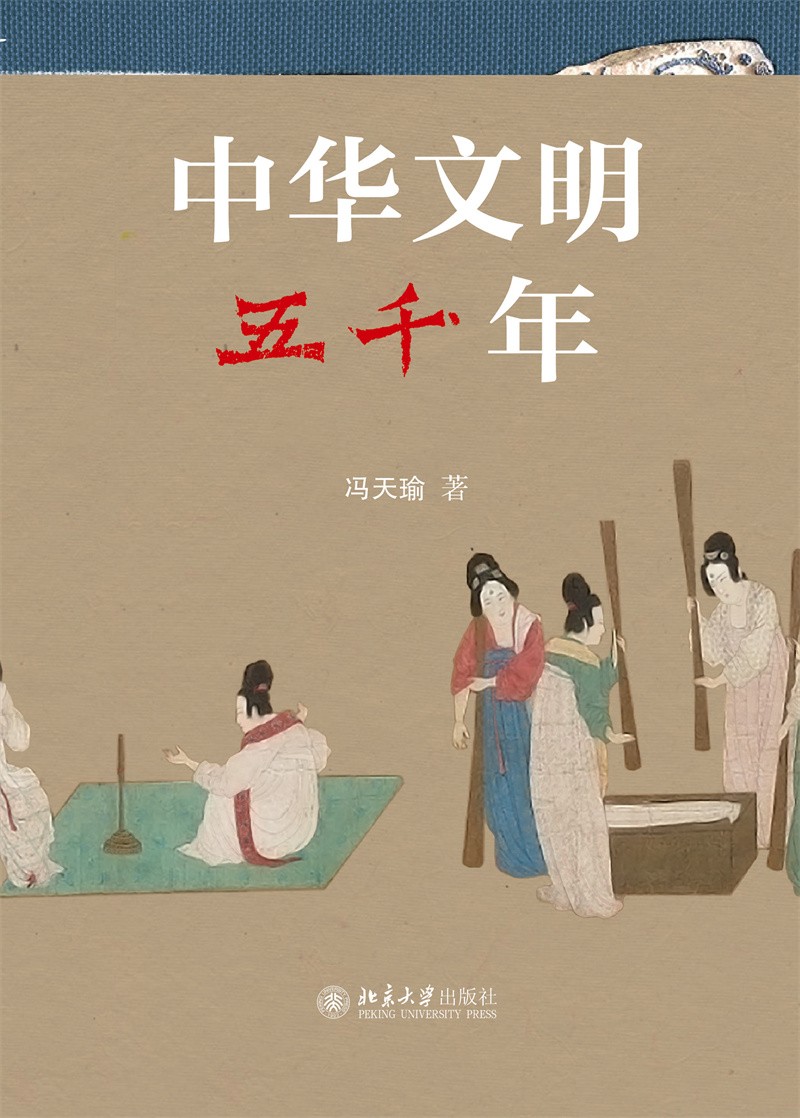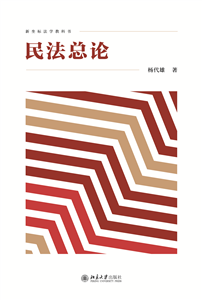目 录Lesson 1 Introduction to Mechanical DesignLesson 2 Introduction to Engineering Mechanics—Fundamental ConceptsLesson 3 Introduction to Fluid Mechanics—Surface TensionLesson 4 Machine Parts (Ⅰ)Lesson 5 Machine Parts (Ⅱ)Lesson 6 MechanismsLesson 7 Fluid and Hydraulic SystemLesson 8 Engineering GraphicLesson 9 Introduction to CAD/CAM/CAPPLesson 10 Engineering ToleranceLesson 11 A Discussion on Modern Design OptimizationLesson 12 Using Dynamic Simulation in the Development of Construction MachineryLesson 13 Introduction to Heat Pipe Technology in Machining ProcessLesson 14 Introduction to Material FormingLesson 15 Material Forming ProcessesLesson 16 Introduction to MouldLesson 17 Mould Design and ManufacturingLesson 18 Heat Treatment of MetalLesson 19 Numerical Control SystemLesson 20 Virtual ManufacturingLesson 21 Industrial Big Data for Decision-making in Intelligent ManufacturingLesson 22 Robotics and Computer-integrated ManufacturingLesson 23 Product Test and Quality ControlLesson 24 MechatronicsLesson 25 Introduction to MEMSLesson 26 Industrial RobotsLesson 27 An Army of Small RobotsLesson 28 Introduction to Automobile EngineLesson 29 Introduction to Automobile ChassisLesson 30 New Energy VehicleLesson 31 Autonomous VehicleLesson 32 How to Write a Scientific Paper附录A 关于科技英语翻译附录B 科技论文的英文摘要附录C 参考译文参考文献
Preface to the Third EditionWe have revised and supplemented the third edition of this book, incorporating valuable feedback from teachers and students of various universities who used the previous editions.This book consists of 32 lessons, mainly covering professional English knowledge in thefields of basic theories and methods of mechanical design, metal materials heat processing,numerical control, mechatronics technology, automobile engineering, and scientific and technological writing. The report of the 20th National Congress of the Communist Party proposed to focus on the real economy in economic development, promote new industrialization, and accelerate the construction of a manufacturing power. This book adds content on topics such as manufacturing technology and unmanned driving technology. At the end of the book, there is also a brief introduction to the translation and writing of English for science and technology and reference translations, which is convenient for readers.This book has certain professionalism and difficulty. Through in-depth study of this book, readers can improvetheir ability to read and translate professional English literature. This book could be used as a professional English textbook for undergraduate majors, such as mechanical design manufacturing and automation, intelligent manufacturing engineering, mechatronic engineering, vehicle engineering, and robot engineering, as well as related graduate majors. It also serves as a reference for technical personnel engaged in mechanical and electrical engineering work.Edited by Yang Chunjie and Wang Peiling, who serve as the chief editors, with Chen Zhuo, Cheng Siyao, and Ding Wanjing as deputy editors, the book??s content is divided among the editors as follows: Yang Chunjie wrote the chapters related to the basic theories and methods of mechanical design and scientific and technological writing; Wang Peiling wrote the chapters related to automotive engineering; Chen Zhuo wrote the chapters related to numerical control; Cheng Siyao wrote the chapters related to mechatronics technology; Ding Wanjing wrote the chapters related to metal materials and heat treatment.Keeping pace with the information age, this book adds some video resources in the form of quick response codesnext to relevant knowledge points. Readers can scan the quick response codes to access more learning materials.Due to the editors' limited time and ability, there are inevitably omissions and improper parts in the book, and we sincerely welcome readers?? criticism and correction.EditorsJuly 2024第3版前言本书第3版是编者在前两版的基础上,吸取多所高校师生在使用本书过程中提出的宝贵意见修订的。本书共有32篇课文,主要内容包括机械设计基础理论与方法、金属材料及热加工、数控技术、机电一体化技术、汽车工程和科技写作等方面的专业英语知识。党的二十大报告提出,坚持把发展经济的着力点放在实体经济上,推进新型工业化,加快建设制造强国。本书增加了智能制造技术、无人驾驶汽车技术等内容。书后附有科技英语翻译及写作的简单介绍,以及参考译文,便于读者学习。本书具有一定的专业性和难度,通过对本书的深入学习,读者可以提高阅读和翻译专业英语文献资料的能力。本书可作为机械设计制造及自动化、智能制造工程、机械电子工程、车辆工程、机器人工程等本科专业及相关研究生专业的英语教材,也可作为从事机电工程工作的技术人员的参考用书。本书第3版由杨春杰、王培玲任主编,陈琢、程思遥、丁晚景任副主编。具体编写分工如下:杨春杰编写了机械设计基础理论与方法相关课文及科技论文写作相关内容;王培玲编写了汽车工程相关课文;陈琢编写了数控技术相关课文;程思遥编写了机电一体化技术相关课文;丁晚景编写了金属材料及热加工相关课文。本书紧跟信息时代的步伐,采用“互联网+”思维,以在相关知识点旁增加二维码的形式展示视频资源,读者可以扫描二维码来阅读更多学习资料。由于编者时间和水平有限,书中难免有疏漏之处,敬请广大读者批评指正。编 者2024年7月
本书可作为机械设计制造及自动化、智能制造工程、机械电子工程、车辆工程、机器人工程等本科专业及相关研究生专业的英语教材,也可作为从事机电工程工作的技术人员的参考用书。
杨春杰 ---------------------------- 杨春杰:湖北理工学院机电工程学院教授,系主任,长期从事机电工程专业英语;AUTOCAD机械产品设计等课程的教学工作,担任学院学术委员会委员,湖北省学士学位论文评审专家,发表EI收录论文 ,SCI收录论文,ISTP收录论文多篇,编写教材多本。王培玲 ---------------------------- 王培玲:湖北理工学院机电工程学院副教授,长期从事机械制造、机电工程专业英语方便的教学工作,主持和参与各级教学科研项目多项,发布核心论文多篇,指导学生参加机械创新比赛获得过二等奖和三等奖多项
本书共有32篇课文,主要内容包括机械设计基础理论与方法、金属材料及热加工、数控技术、机电一体化技术、汽车工程和科技写作等方面的专业英语知识。同时,为了反映本学科的发展趋势,增加了智能制造技术、无人驾驶汽车技术等内容。书后附有科技英语翻译及写作的简单介绍,以及参考译文。本书可作为机械设计制造及自动化、智能制造工程、机械电子工程、车辆工程、机器人工程等本科专业及相关研究生专业的英语教材,也可作为从事机电工程工作的技术人员的参考用书。













